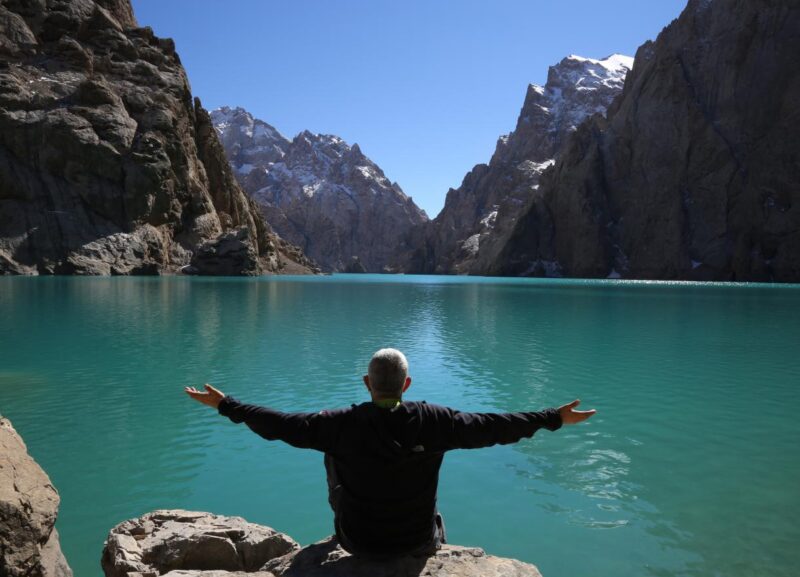A Central Asian gem, Kyrgyzstan offers a wealth of unique and fascinating aspects that are often overlooked. Its rich cultural heritage, breathtaking landscapes, and intriguing traditions provide plenty of surprises.
Here are 18 surprising facts about Kyrgyzstan that will motivate you to visit this amazing country.
1. Land of the Forty Tribes
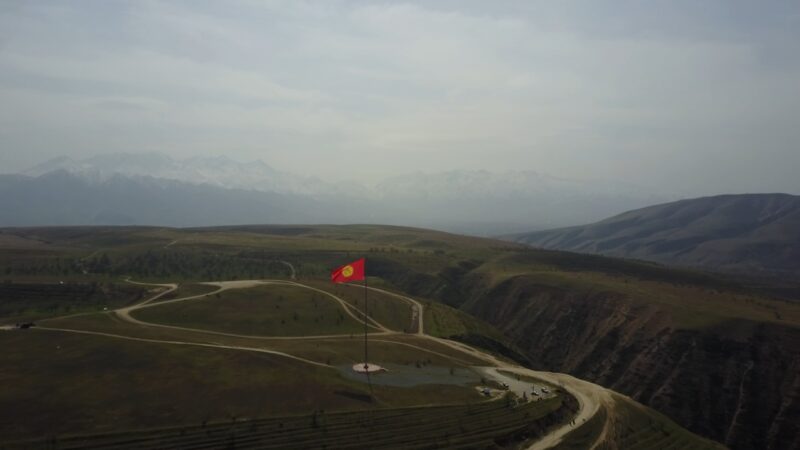
Kyrgyzstan’s name is derived from the unification of 40 tribes by the legendary hero Manas. These tribes came together to form a single nation, a unity that is symbolized by the 40-rayed sun on the national flag. This historical unity is not just a tale but a significant part of the Kyrgyz identity.
The story of Manas and the tribes is taught in schools and celebrated in festivals, reflecting a deep sense of pride in their heritage.
2. Epic Poem ‘Manas’
The “Epic of Manas” is a colossal piece of Kyrgyz literature, consisting of over 500,000 lines. It is much longer than many other epic tales, including the “Iliad” and “Odyssey.” The poem chronicles the life and adventures of Manas, his descendants, and his companions.
It encapsulates the cultural values, history, and myths of the Kyrgyz people. Statues and monuments of Manas are widespread, and recitations of the epic are a popular cultural event. This epic is so integral to their identity that it’s often performed by professional storytellers known as Manaschi.
3. Bridenapping Tradition
Bride kidnapping, known locally as “ala kachuu,” remains a controversial tradition in Kyrgyzstan. This practice involves a man abducting the woman he wishes to marry. Despite being illegal, it is still prevalent, especially in rural areas.
The tradition often leads to non-consensual marriages, with many women feeling pressured to accept the marriage to avoid social stigma. Efforts by local NGOs and international organizations are ongoing to combat this practice and protect women’s rights.
4. Visa-Free Travel
Kyrgyzstan has made significant strides in promoting tourism by offering visa-free travel for up to 60 days to citizens of 45 countries, including those from the EU, USA, Canada, and Australia. This move has made Kyrgyzstan one of the most accessible countries in Central Asia for tourists.
The ease of travel has encouraged a growing number of visitors to explore its stunning landscapes and rich cultural heritage.
5. Diverse Ethnic Groups
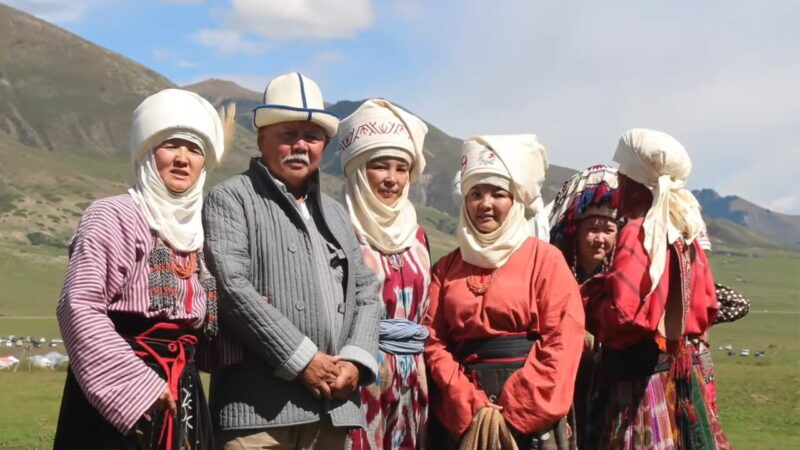
The population of Kyrgyzstan is a mosaic of over 80 ethnic groups. The largest group is the Kyrgyz, followed by Russians, Uzbeks, Dungans, Uyghurs, and Kazakhs. This ethnic diversity is reflected in the country’s cultural practices, cuisine, and festivals.
Each group brings its unique traditions and flavors, making Kyrgyzstan a vibrant and culturally rich country. The intermingling of these groups is evident in cities like Bishkek, where you can find a variety of ethnic foods and cultural events.
6. World Nomad Games
The World Nomad Games, held every two years in Kyrgyzstan, celebrate the traditional sports and culture of nomadic peoples. These games feature events such as horseback wrestling, eagle hunting, and traditional archery.
The games aim to preserve and promote the unique heritage of nomadic cultures. They draw participants and spectators from around the world, providing a platform for cultural exchange and showcasing the skills and traditions of nomadic life.
7. Horse Culture
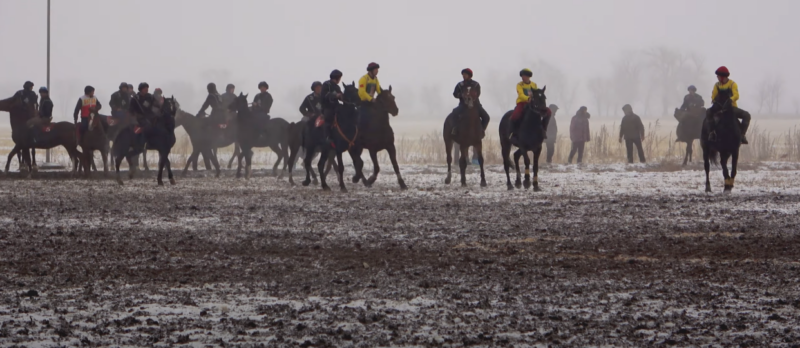
Horses are an integral part of Kyrgyz culture and daily life. They are used for transportation, agriculture, and traditional sports. The Kyrgyz people have a deep connection with their horses, which are considered a symbol of wealth and status.
Traditional games such as Kok-boru, a form of polo played with a goat carcass, highlight the importance of horses in Kyrgyz society. Horseback riding tours are a popular activity for visitors, offering a unique way to explore the country’s rugged landscapes.
8. High Elevation
Kyrgyzstan boasts an average elevation of 2,750 meters, making it the second-highest country in the world by average elevation. The country is home to several peaks over 7,000 meters, including Jengish Chokusu (Victory Peak) and Khan Tengri.
These mountains attract climbers and adventurers from around the globe. The high elevation also contributes to the country’s diverse climate and ecosystems, with alpine meadows, glaciers, and unique wildlife.
9. Traditional Yurts
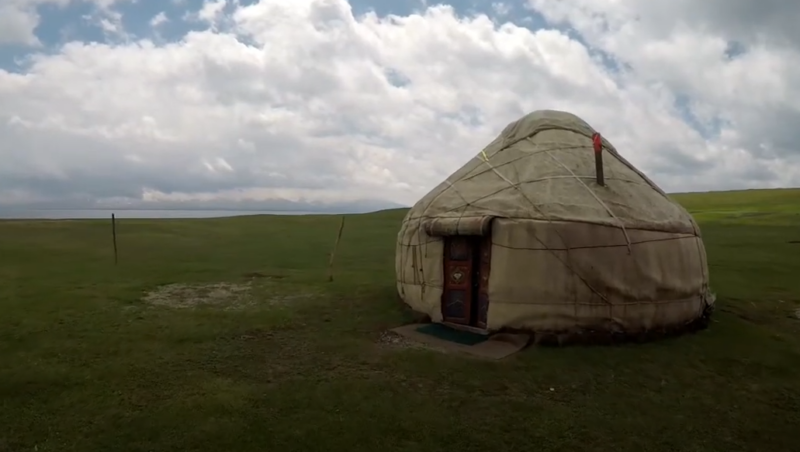
Yurts, or “boz-uy,” are traditional nomadic dwellings made of a wooden frame covered with felt. They are still widely used in rural and mountainous areas for their portability and ability to withstand harsh weather.
Yurts are a symbol of the nomadic lifestyle and are often used for cultural events and tourism. Staying in a yurt offers visitors a chance to experience traditional Kyrgyz hospitality and lifestyle.
10. Bread and Jam Ritual
Bread holds a sacred place in Kyrgyz culture. It is never wasted and is always placed right side up. Meals often start with bread, jam, and tea, highlighting the cultural importance of these foods. This tradition reflects the hospitality and communal values of the Kyrgyz people.
Visitors are often welcomed with a table set with various types of bread and homemade jams, a practice that underscores the importance of sharing and community.
11. Silk Road
Kyrgyzstan was a crucial part of the ancient Silk Road, the trade route that connected China with Europe and the Middle East. This historical connection has left a rich legacy of cultural exchanges and historical sites across the country.
Ancient caravanserais, trading posts, and fortresses dot the landscape, offering a glimpse into the country’s vibrant past. The Silk Road heritage continues to influence Kyrgyz culture, cuisine, and traditions.
12. Unusual Coin
The Kyrgyz som includes a unique 3 som coin, a rarity in global currencies. This unusual denomination reflects the practical needs of everyday transactions in Kyrgyzstan. The som itself is a relatively stable currency, and the unique coins are a source of interest for numismatists and visitors alike.
The design of the currency often features national symbols and historical figures, adding to its cultural significance.
13. Bazaars
Bazaars are central to Kyrgyz culture and economy. Places like the Osh Bazaar in Bishkek offer a vibrant array of goods, from fresh produce to traditional crafts. These markets are bustling centers of commerce and social interaction, where locals and visitors can experience the lively atmosphere and diverse offerings.
Bazaars are not just places to shop but also social hubs where people gather, exchange news, and enjoy local foods.
14. Eagle Hunting
Eagle hunting is an ancient tradition in Kyrgyzstan, dating back centuries. Hunters train golden eagles to catch prey, demonstrating a unique bond between humans and birds. This practice is still alive and is a highlight for many visitors.
Eagle hunters, known as berkutchi, train their birds from a young age and maintain a close relationship with them. Demonstrations of eagle hunting are popular at festivals and cultural events, showcasing this unique aspect of Kyrgyz heritage.
15. Music Preferences
In Kyrgyz cafes and restaurants, it is common to hear remixed versions of 80s and 90s English-language songs. This unique musical preference adds an interesting twist to the local dining experience.
The influence of Western music is blended with local tastes, creating a distinctive soundscape. This musical trend reflects the broader cultural openness and diversity found in Kyrgyzstan.
16. Kumis
Kumis, or fermented mare’s milk, is a traditional drink in Kyrgyzstan. It is believed to have health benefits and is an important part of local diet and culture. The taste of kumis can be quite strong and is often described as sour and slightly alcoholic.
It is used in various cultural rituals and celebrations. Visitors are often offered kumis as a gesture of hospitality, providing a unique taste of Kyrgyz traditions.
17. Walnut Forest
The world’s largest natural walnut forest is located in Arslanbob, Kyrgyzstan. This forest spans thousands of hectares and is a major source of walnuts for the region. Harvesting walnuts in Arslanbob is a traditional practice that supports local communities.
The forest is also a popular destination for eco-tourism, offering opportunities for hiking, picnicking, and experiencing the natural beauty of the area.
18. Road Safety
Driving in Kyrgyzstan can be an adventure. Lane markings are often ignored, and drivers frequently overtake dangerous bends. Pedestrians need to be vigilant, as cars may not always yield at crossings.
Despite the chaotic driving conditions, the roads offer stunning views of the country’s landscapes. Travelers are advised to exercise caution and, if possible, hire local drivers who are familiar with the terrain and driving habits.
Last Words
Kyrgyzstan is a country full of unexpected wonders and cultural richness. Its landscape is a breathtaking mix of mountains, lakes, and valleys, offering unparalleled natural beauty.
The people of Kyrgyzstan are known for their hospitality and deep-rooted traditions that have been preserved for centuries.

